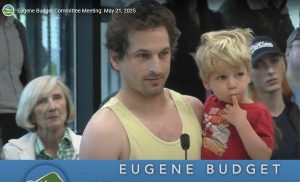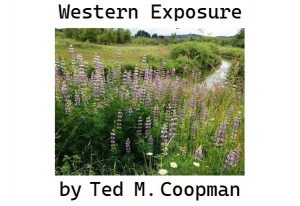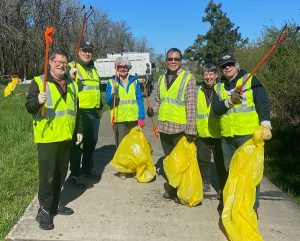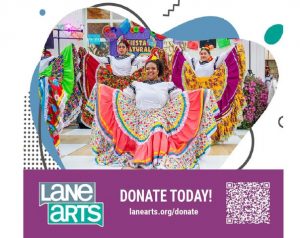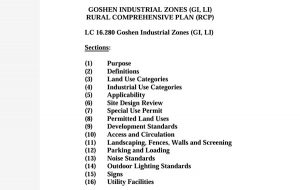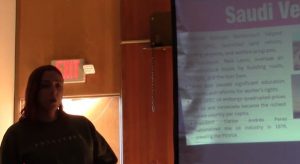City should embrace a ‘downtown donut’ strategy
6 min read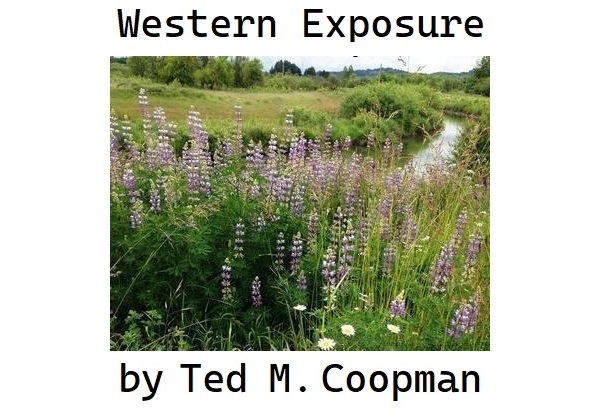
by Ted M. Coopman
The struggles of Eugene’s downtown core are perennial. The consensus is that the city needs more housing, more housing downtown, and that more people living downtown will make it active, pleasant, and safer. While the city has 70 acres of mostly underutilized surface parking that could support dense housing, for-profit developers must build it. Therein lies the problem.
If you build it, they will come – but first you must build it
In the recent Climate Friendly Areas (CFAs) analysis, developers were asked about their willingness to build denser housing in several proposed CFAs. The goal of the state-mandated Climate Friendly and Equitable Communities is to create, mostly through redevelopment (demolition of current structures), denser neighborhoods with taller buildings (six or more stories) that are walkable and therefore climate-friendly, while creating needed housing.
The problem is developers are not interested in building residential towers in downtown Eugene. Even with the tax breaks from MUPTE (Multi-Unit Property Tax Exemption) and waiving system development charges (SDC), which are fees for the needed sewer, water, and other infrastructure cost, it simply does not pencil out.
One factor is the lack of space to stage construction materials downtown. Having materials available near a building site greatly reduces logistic, labor, and material costs.
However, the major impediment is a belief that people will not want to live in those buildings because of the “climate” downtown.
Chicken and egg problem
We have a fundamental disconnect with city and state plans and developers’ requirements. The city is expecting residential development to bring more people downtown, improve public safety, and increase the downtown’s attractiveness. But developers only want to build where it is already safe and attractive, regardless of any incentives the city could provide.
While staging logistics and similar problems potentially can be worked out, perceptions of safety and attractiveness are not so easily changed. Surveys show that many Eugenians simply do not feel safe and welcome downtown; they do not see it as place they want to frequent. However, not all Eugenians share those perceptions.
If you come, they will build it: Embrace the donut!
Downtown sits in the hole of a residential development donut. View it from above.
- To the east is the new Riverfront Neighborhood and river front parks and paths.
- To the southeast is the University of Oregon and all the new student residential and university related developments, as well as sports venues.
- Northeast is the new City Hall (old EWEB building).
- On the north end is the Hult Center and the expanding 5th Street Obie developments.
- Moving west down 5th Avenue east of 105 there is an increasing number of new businesses.
- To the west, you have the remnants of the historic residential downtown and equally historic Jefferson Westside neighborhood.
These close-west neighborhoods have a high percentage of rentals and middle housing, often in converted historic homes as well as co-housing arrangements, group homes, and affordable housing. In the middle of Jefferson Westside sits Lane Events Center. There is demand from buyers for historic homes in Jefferson Westside.
What links the “donut ring” neighborhoods around downtown are that they are all vibrant and on the upswing.
Having served as a board member and then Chair of Jefferson Westside Neighbors (JWN) neighborhood association for eight years, I have gotten to know neighbors and the neighborhood, as well as dealt with our challenges. While people rent and own in Jefferson Westside for the historic architecture and our 100+-year-old trees, a major driver is its central location and ability to walk and cycle to the river, university, and downtown.
People who choose to live in the new Riverfront Neighborhood will do so because of its proximity to downtown entertainment, businesses, restaurants, and food trucks (and UO). While residents in the 5th Street Market area may choose to stay close to home, the Farmers Market, Saturday Market, Hult Center, Shedd Institute, Metro Cinemas, WOW Hall, Oregon Contemporary Theatre, Jazz Station, and McDonald Theatre beckon.
Students certainly find their way downtown from U of O haunts to frequent bars, coffee houses, and venues. The constituency for revitalizing downtown exists. Growing that base by fostering livability and preserving neighborhood character, especially to the west with its existing dense population—three times the Eugene average with younger renters and more affluent homeowners—is much more attainable than trying to attract developers who have no interest in building in the downtown core.
Instead of thinking about downtown expanding to the surrounding neighborhoods, broaden the idea of downtown, and help these neighborhoods embrace it.
All roads lead to downtown
The near-westside has suffered from decades of often malign neglect, typical of older urban core neighborhoods, as people moved to the suburbs. A reputation for crime and drugs has tarnished our image, even though many of those problems no longer exist or are in decline.
Left to our own devices, neighbors mobilized to improve conditions and meet neighbor needs. For example, we have volunteer groups for our five parks, we have used neighborhood matching grants to build two of those parks, and we installed a mural at Charnel Mulligan Park. We have a close working relationship with city councilors and staff that has greatly increased public safety and reduced the impacts of homelessness. Neighbors decorate for the holidays. Weather permitting, hundreds of families will treat-or-treat for Halloween, enjoying the older homes, big trees, and inspired displays.
While the city has lavished resources to improve pedestrian and bike access from the university district, little organized effort has been made to improve surface streets and sidewalks that facilitate access from the west. In many ways, Jefferson Westside is the prototype dense, walkable, and desirable neighborhood the city says it aspires to, yet seems loath to support. Improved road and sidewalk conditions foster more pedestrian and cyclist use and improve the area’s aesthetics, signal care, and demonstrate safety.
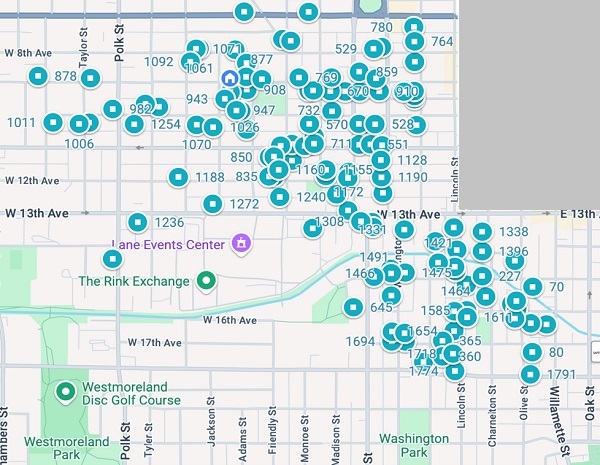
History and greenery are underutilized resources
Two years ago, the JWN launched an Historic District Task Force to investigate the potential for an historic district or districts in the neighborhood. Neighbor interest has been high and attracted volunteers as well as donations. In the 1990s, the city undertook a survey of historic and cultural resources. The result was a recommendation that the city create historic districts, but the city failed to act. Now we are in the process of updating those records. Improving west/east connectivity and promoting our history, historic homes, and impressive tree canopy will drive investment and interest.
Do-nut ignore the opportunity
Investing in healthy, safe, and attractive neighborhoods that encircle the downtown core can improve the climate enough to make building dense medium- and high-rise residential housing, and renovating commercial space to residential, attractive to developers at a fraction of the cost of other options. A walkable, livable yet dense, and climate-friendly Eugene already exists. We just have to recognize it and help it thrive.
Western Exposure is a semi-regular column that looks at issues and challenges from a West Eugene perspective – a perspective that is often ignored or trivialized by city leadership and influential groups and individuals largely based in south and east Eugene.
Western Exposure rejects the fauxgressive party line, performative politics, and “unicorn ranching” policy in favor of pragmatism focused on the daily experiences of residents and small businesses in Eugene—and West Eugene in particular.
Ted M. Coopman has been involved in neighborhood issues since 2016 as an elected board member, and now chair, of Jefferson Westside Neighbors and has 30+ years experience as an activist and community organizer. He earned a Ph.D. in Communication (University of Washington) and served on the faculty at San Jose State University from 2007 to 2020.
Ted’s research on social movements, activist use of technology, media law and policy, and online pedagogy has been published and presented internationally and he taught classes ranging from research methodology to global media systems. He and his spouse live in Jefferson Westside with an energetic coltriever and some very demanding and prolific fruit trees.
